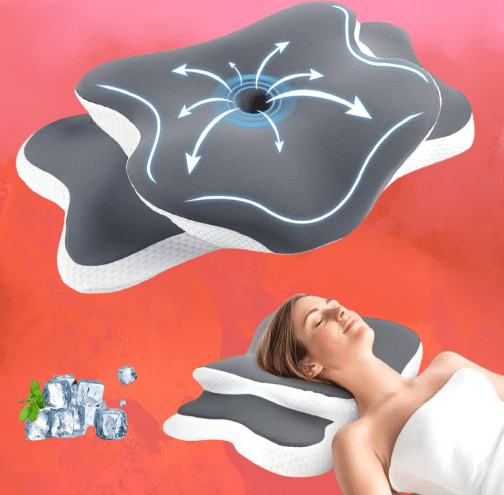The article in brief
Urinalysis is a powerful diagnostic tool for detecting a range of diseases. Here are the key points to remember:
- Infections and kidney problems detectable by the presence of abnormal bacteria or proteins
- Metabolic diseases the diabetes can be identified by the presence of glucose
- Liver disease and cancer suspected on the basis of specific markers
- Importance of sampling crucial for reliable results
- Warning signs changes in colour, smell or frequency of urination
Urine can reveal valuable information about our health. As an experienced urologist, I know just how much a simple urinalysis can reveal about various pathologies. Let's take a look at the diseases that can be detected in urine and the signs to look out for.
What diseases can be detected by urinalysis?
Urinalysis is a powerful diagnostic tool that can detect many conditions. In the course of my career, I've seen cases where a simple urine test has revealed unsuspected health problems. Here are the main illnesses that can be identified by a urine test:
Urinary tract infections and kidney problems
The presence of bacteria in the urine is often a sign of an illness. urinary tract infection. These infections can affect the bladder (cystitis) or go as far as the kidneys (pyelonephritis). The analysis can also detect abnormal proteins, indicating potential kidney problems.
Metabolic and cardiovascular diseases
Le diabetes can be identified by the presence of glucose in the urine. Other metabolic diseases, such as porphyria, also leave detectable traces. The presence of blood in the urine may indicate cardiovascular problems or damage to the urinary system.
Liver disease and cancer
Liver disease may be suspected by the presence of bilirubin or urobilinogen in the urine. Certain cellular abnormalities may also indicate the presence of tumours, particularly of the urinary system that I treat with my urologist.
It is important to note that these analyses are only a starting point. A precise diagnosis often requires additional tests.
How does a urinalysis work?
Urinalysis is a simple test, but one that requires a certain amount of rigour. Here are the key stages in the process:
Sampling: a crucial stage
To obtain reliable results, the sample must be taken under the right conditions. I always recommend that my patients :
- Take the sample on waking in the morning
- Use a sterile bottle supplied by the laboratory
- Intimate cleansing before collection
- Scrupulously follow the laboratory's instructions
One anecdote comes to mind: a patient once confessed to me that he had used an empty jam jar for his sample. Needless to say, we had to repeat the analysis!
The different types of analysis
Urine cytobacteriological examination (UCE) is the most commonly used test. It is used to :
- Detecting urinary tract infections
- Identify and quantify the bacteria present
- Assess urinary cells (leucocytes, red blood cells)
- Guide the choice of antibiotics if necessary
Other specific tests may be prescribed to measure certain substances, test for drugs or confirm pregnancy.
Interpretation of results
Results are generally available within 24 to 48 hours. Interpretation requires the expertise of a healthcare professional. Normal urine contains :
| Component | Proportion |
|---|---|
| Water | 95% |
| Urea, creatinine | Variable |
| Salts, minerals, electrolytes | Variable |
| Uric acid | Traces |
| Pigments (urochrome) | Traces |
Any significant deviation from this composition may indicate an underlying health problem.

Signs and symptoms to look out for in urine
In addition to laboratory tests, certain visible signs can alert you to possible health problems. Here's what to look out for:
Changes in colour and appearance
The colour of the urine can vary from pale yellow to dark yellow, depending on hydration. On the other hand, unusual colours may indicate :
- Red or pink presence of blood (haematuria)
- Dark brown possible liver problem
- Cloudy or milky Potential infection
I remember a patient who came to see me in a hurry, panicked by his purple urine. It turned out to be due to a rare drug he was taking!
Abnormal odours
A strong or unusual smell may indicate :
- Urinary tract infection (foul odour)
- Uncontrolled diabetes (fruity smell)
- Dehydration (concentrated odour)
Frequency and volume of urination
Changes in the frequency or volume of urination may indicate :
- A urinary infection (frequent and urgent urges)
- A prostate problem in men (split urination)
- Diabetes (increased urine volume)
It is essential to seek medical advice quickly if you notice these signs. Early diagnosis is often the key to more effective treatment.
Prevention and monitoring of urinary diseases
Prevention plays a crucial role in urinary health. Here are a few tips that I systematically give to my patients:
- Drink enough water (1.5 to 2 litres a day)
- Urinate regularly, without holding back
- Adopt good intimate hygiene
- Limit alcohol and caffeine consumption
- Have regular check-ups, especially after the age of 50
Don't hesitate to consult a urologist if you have the slightest doubt. Our role is to support you and preserve your urinary health over the long term.
Urinalysis is a valuable tool for detecting many illnesses. From simple urinary tract infections to more serious pathologies, they offer a unique insight into our internal health. Pay close attention to the signals your body sends you, and don't hesitate to seek medical advice if you have any doubts. Your urinary health is an important indicator of your general well-being.
Sources :




